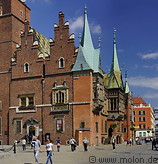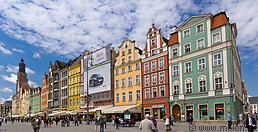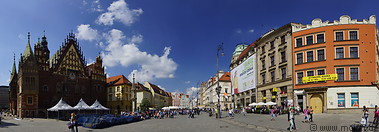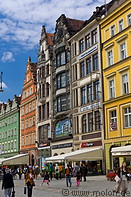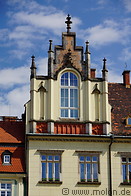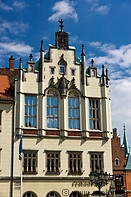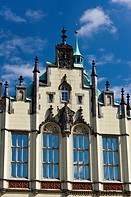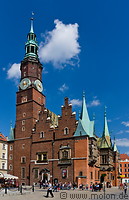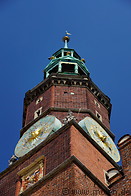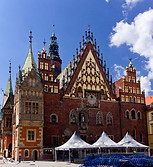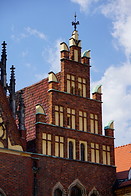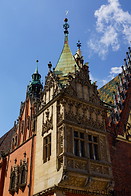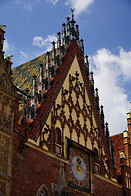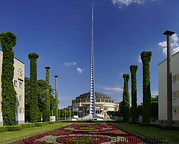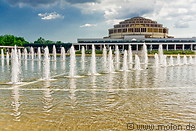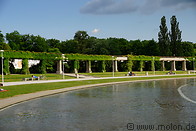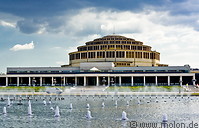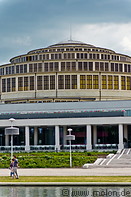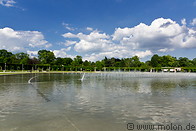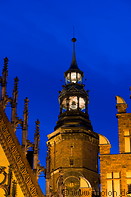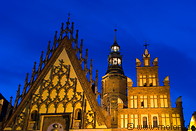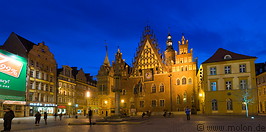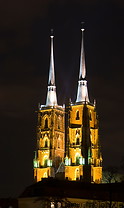Wroclaw, the capital of Poland's Lower Silesia region, lies on the Oder river. The city dates back to the 10th century and has been part of Poland, Bohemia, Austria, Prussia, and Germany. After WW II the city was annexed by Poland and the German population was expelled. Wroclaw has a pleasant old town, with several attractive buildings mostly around the market square (also known as Rynek square). In 2006 it had 635280 inhabitants making it the fourth largest city in Poland. Wroclaw has a large university which turns out a large number of graduates every year.
After Poland's accession to the EU, Wroclaw has experienced an economic boom, fuelled by the numerous international corporations which set up offices in Wroclaw to take advantage of the low Polish wages and the large number of qualified people. As a consequence, in the past 2-3 years real estate prices have almost doubled in Wroclaw.


